Your cart is currently empty!
Wild Senna Is an Underrated Winner
Wild senna is an underrated plant with striking yellow blooms and attractive foliage. It is a host plant for sulphur butterflies.
Your cart is currently empty!
Types of shrubs, there are two: evergreen and deciduous. Evergreen shrubs have year-round leaves. These are especially useful in landscaping since their leaves endure the winter, adding much-needed colour to a landscape in all seasons.
Deciduous bushes lose their leaves in the winter. However, their leaves have stunning colours in the autumn season, and, as a consequence, are a great choice providing vibrant landscape.
Mix and match different types of shrubs in the garden and landscape, and in containers. They are valued for their ornamental value, whether as hedges or for their beautiful blooms.
Boxwood has been a popular shrub for years, especially in areas where winters are mild. This evergreen may be trimmed into rounded formal forms. If let to grow, it can reach a height of 20 feet. It is popular as a walkway and walk shrub.

In the spring, Cydonia bears rose-like blooms with a crimson hue. Japanese quince may grow up to 6 feet tall and features orange-scarlet blooms. After flowering, you can lightly prune it.
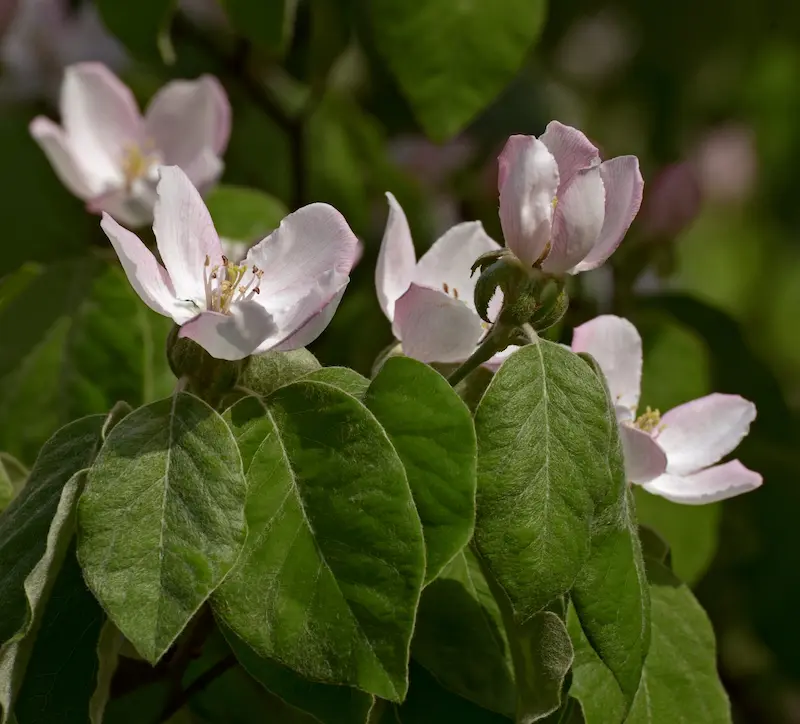
The butterfly bush, which derives its name from the fact that butterflies are constantly observed surrounding it in the summer, can grow to 16 feet or more if not cut back by winter. The buddleja comes in a number of forms, including a tiny-leaved shrub with little purple blooms, a cattleya-pink bush, flame violet, a dazzling purple, and white profusion, a dwarf variant with pure white blossoms. Also included are the Empire blue shrub, dubonnet, red glory, and white cloud.
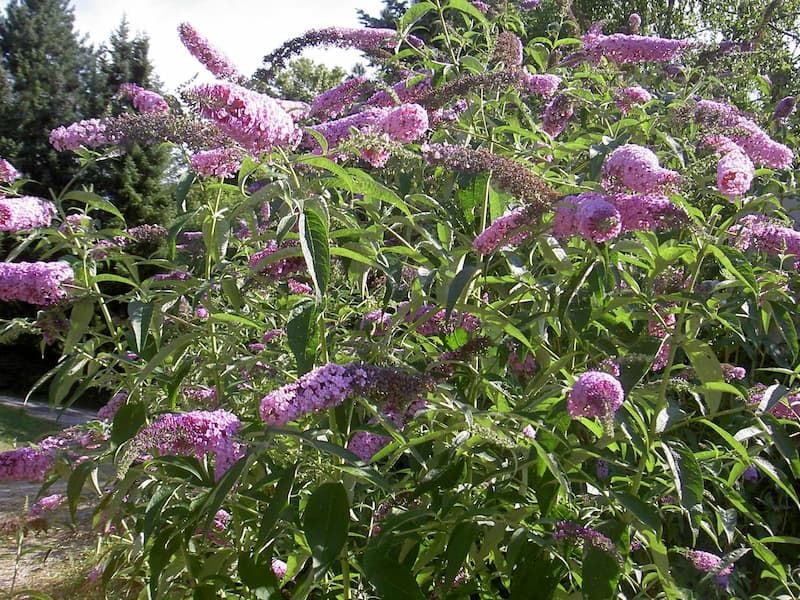
Deutzia is an underutilised shrub that has only begun to receive the recognition it deserves. It is a simple to grow shrub with many tiny blooms in the spring. The 2- to 3-foot pink deutzia, with delicate blossoms; the pride of Rochester, with enormous double white flowers; and Deutzia Lemoinei, with large, pure white flowers, are among the varieties.
Other plants include the dwarf buckeye, which blooms in July with 12-inch spikes; the chokeberry bush, which is popular for its colourful berries; broom, which thrives in sandy areas and blooms in June and July; and witch hazel, a 20-foot-tall shrub with spidery yellow flowers.
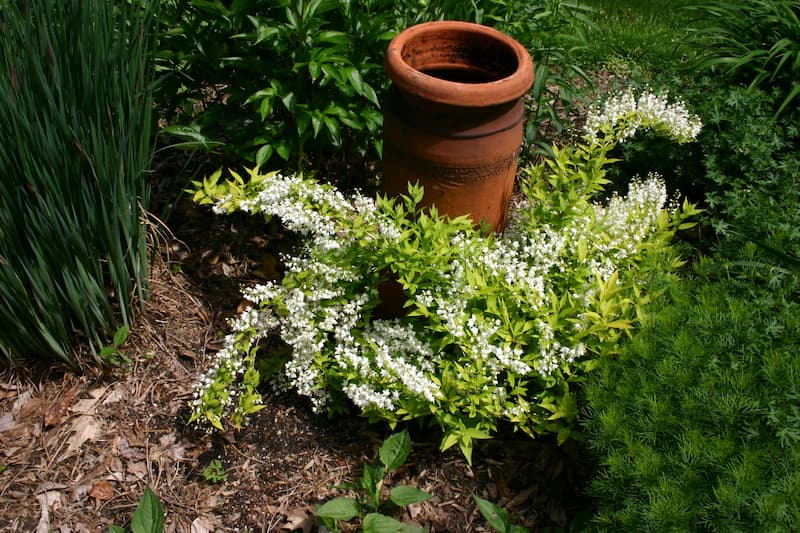
Euonymus paten are hardy evergreen plants. They feature shiny green foliage and bright red berries. Some evergreen holly plants are popular, such as Japanese holly or inkberry. Boxwood is similar to Japanese holly.
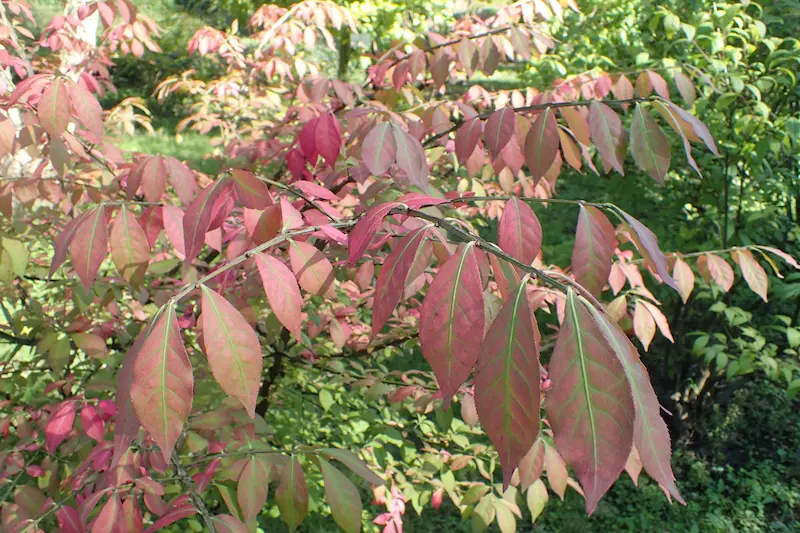
Forsythia is a welcoming shrub since it requires little care; it is helpful for softening the lines of walls due to its drooping sprays of yellow flowers.

Hibiscus blooms in August with enormous purple, rose-pink, or white flowers. This perennial plant is well-known for its beautiful blossoms and colours. Without trimming, it may reach a height of 12 feet. Another shrub with huge blooms that bloom in July and August is Hydrangea, which is a beautiful bush with gigantic blue globe-shaped clusters.
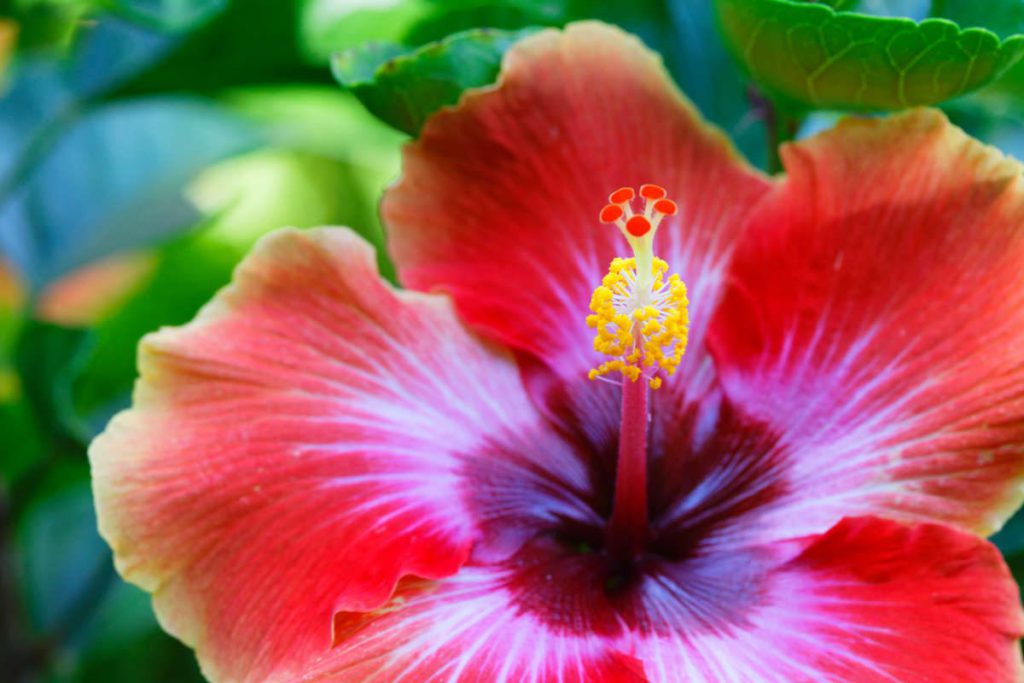
Its varieties, such as Lonicera Morrowii shrubs, can be mass-planted. Some types are particularly appealing since they bloom in February and March.
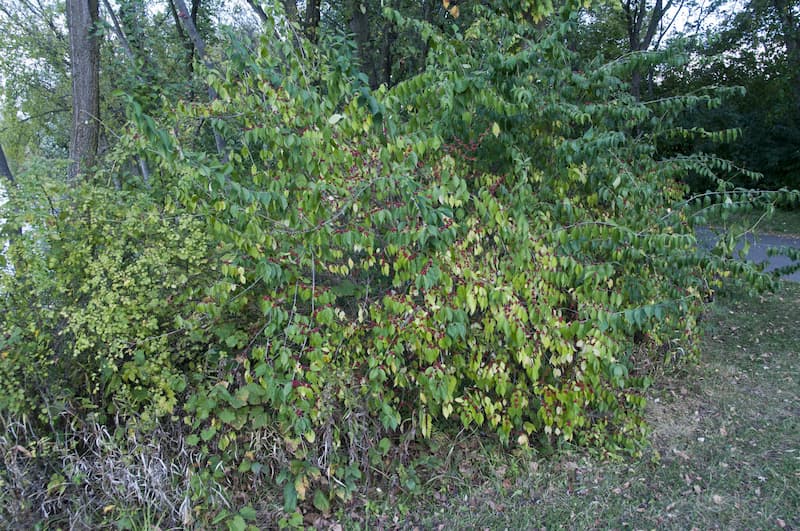
Laurel is another well-known evergreen blooming shrub that is ideal for foundation planting. In the spring, American mountain laurel develops clusters of pink blossoms and thrives in both full sun and partial shade.

Pachysandra (Japanese spurge) is a thick evergreen ground cover that is ideal for areas where grass will not grow. Lilac is one of the most popular deciduous blooming plants. If you buy lilac, make sure it is grafted on either its own or privet stock. Plant lilac as soon as the soil is workable and in full light. The most well-known variety has light purple blooms and grows to a height of around 10 feet. There are hundreds of variants, including white, pinkish-lilac, reddish-lilac, and bluish-lilac.
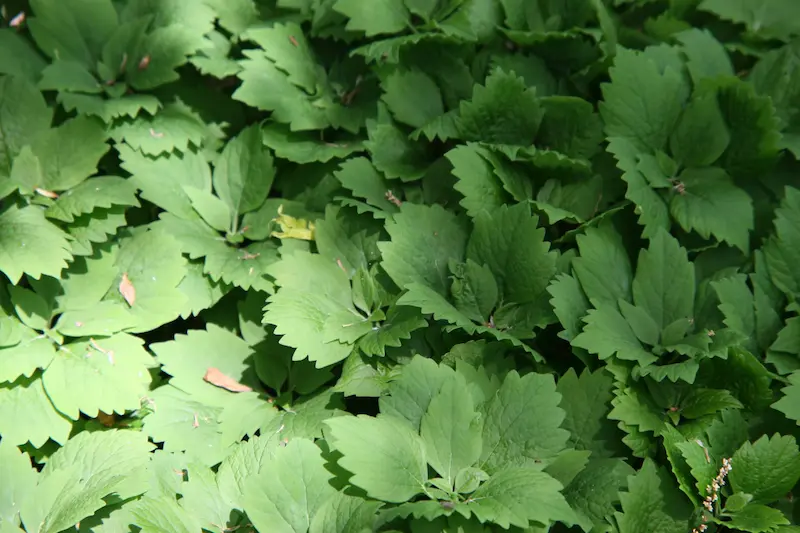
With almost 700 species, they top the list. These attractive woody plants are hardy and long-lived, with blooms of various forms, colours, and tints. Rhododendrons will not grow in limey soil, and humus should be abundantly supplied to prevent them from winter-burn. Azaleas grow in the same conditions as rhododendrons, that is, in partial shade, and may be used for foundation planting; they also perform well in thin forests. The Azalea Malus features pastel orange, yellow, and brown blooms. Rhododendrons and Azeleas are common perennial perennials.
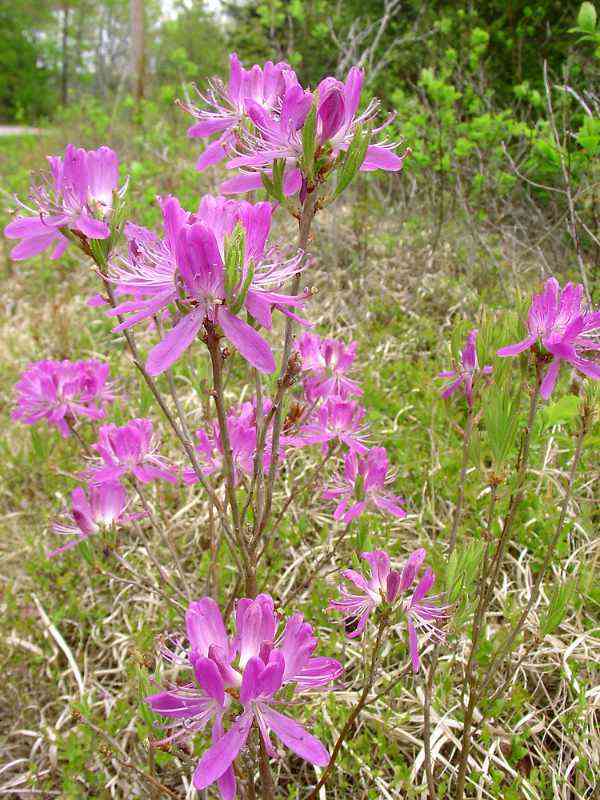
Several spirea varieties are found to be useful as screen plantings, particularly because of their dense growth and abundant flowering.Anthony Waterer spirea are 2-foot bushes with white or rose-pink clusters. Bridal wreath has profuse white clusters in May. Spirea Thunbergii also has white flowers, and Spirea Vanhouttei, 8 feet high with dense white flowers, is used as a living fence.
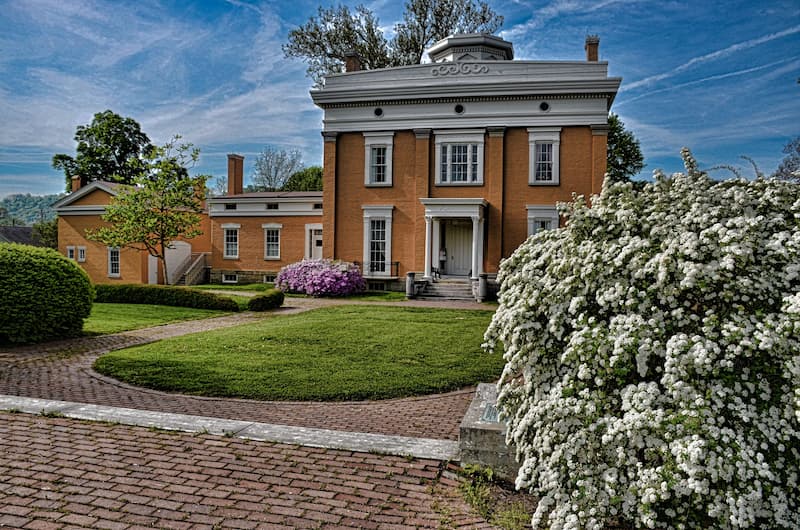
At maturity, the “popular snowball” grows to be 10 to 12 feet tall and is utilised for high foundation, screening, and hedges. It bears white snowball-shaped blooms and scarlet foliage in the fall.
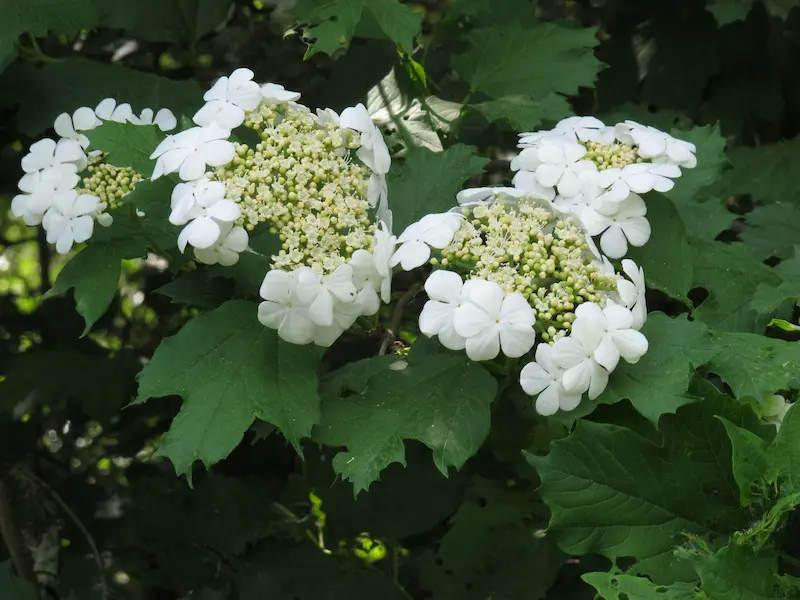
Weigela bushes are thick shrubs that grow quickly. They are also popular in a variety of forms, such as the variegated weigela, a small shrub with rose blooms and variegated silvery leaves. There’s also the pink trumpet-shaped Weigela rosea and the new vivid cardinal shrub. This perennial is worth another look.
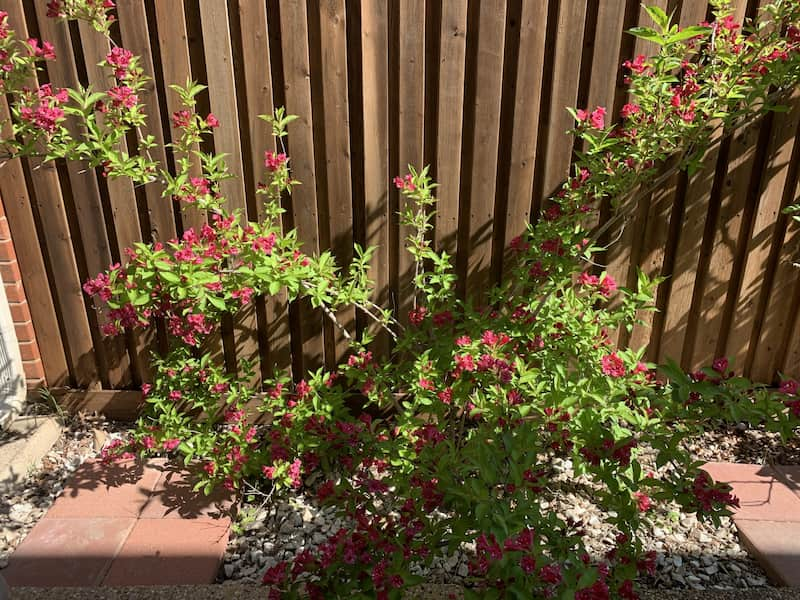
Shrubs are essential for developing strong garden bones.
Wild senna is an underrated plant with striking yellow blooms and attractive foliage. It is a host plant for sulphur butterflies.
Jack in the Pulpit has a unique and beautiful tubular green flower. It needs constantly moist soil rich in organic matter.
The experiment with my pea seeds has been successful. Starting them before planting prevents those blasted chipmunks from eating the seeds.
Learn about hügelkultur raised beds for composting and attracting wildlife. Improve soil fertility, water retention and provide for sustainable plant growth.
The marigolds, calendula and alyssum are planted as tomato companion plants. Marigolds attract beneficial insects.
How do you know what to use to amend your soil or how to get the best nutrients for growing vegetables in soil or hydroponics?
GardeningCalendar.ca gets some funding from advertisers. If you click on links and advertisements at no cost to you, the site may receive a small commission that helps fund its operation.
© 2025 J&S Calendars Ltd.
Leave a Reply
You must be logged in to post a comment.